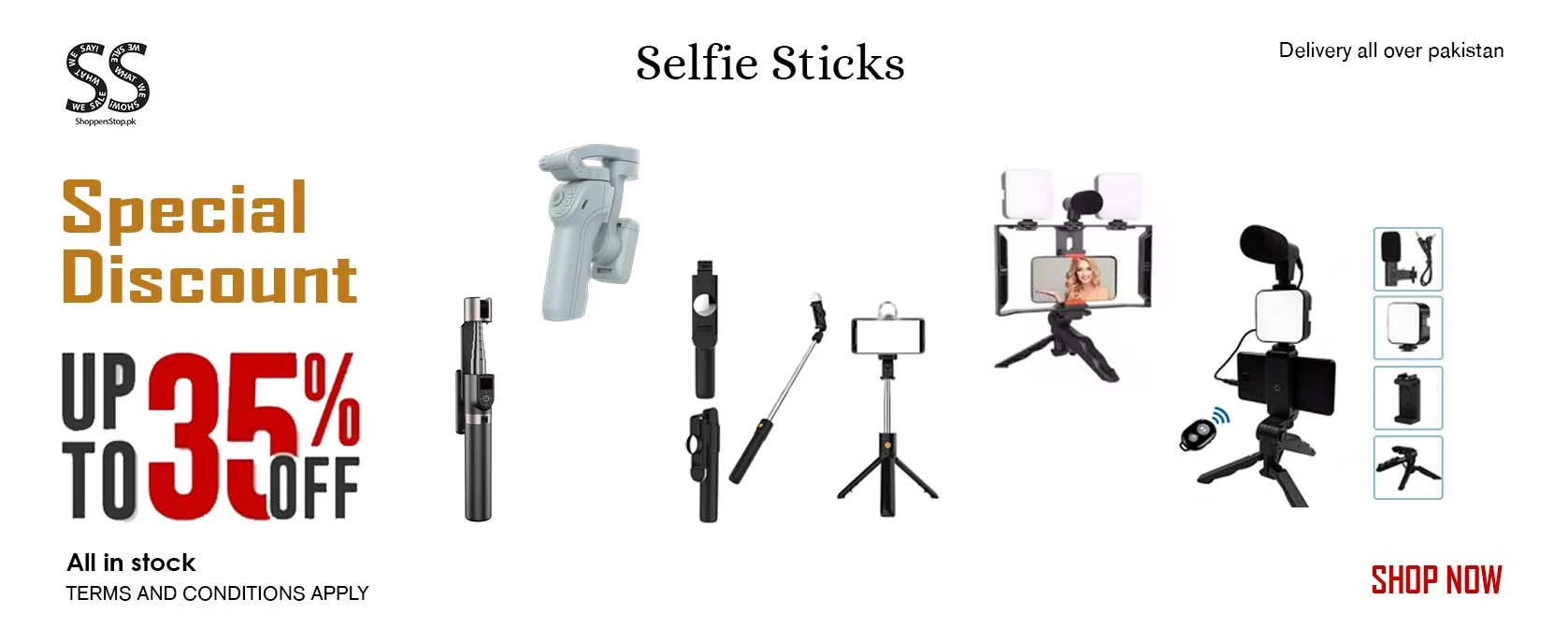Selfie sticks have emerged as a widely embraced accessory among mobile phone users, providing individuals with the ability to capture images and videos from distances greater than the traditional reach of their arms. This accessory has become particularly advantageous for taking group photos or when aiming to incorporate expansive backgrounds in shots. By offering a stable platform to hold smartphones, selfie sticks allow users to achieve improved angles and perspectives in their photography endeavors, whether they are taking pictures solo or with friends and family. The evolution of this accessory has transformed the way people document their experiences, enhancing both personal and social media photography.
About Selfie Sticks
Selfie sticks are ingeniously designed to extend the operational range of a mobile phone camera, thus facilitating more effective self-portrait photography. Typically, these devices consist of a telescoping rod that can be adjusted to various lengths, allowing users the flexibility to capture images from different heights and distances. Many of these selfie sticks also incorporate a mechanism to secure the mobile device, and may include features such as connectivity options for remote shutter control. This enhances the overall user experience when taking photos or videos, making it easier to capture the perfect moment without requiring assistance from others.
The burgeoning popularity of selfie sticks has resulted in a diverse array of options available on the market. Users can select between wired and Bluetooth models, each offering unique functionalities tailored to different preferences. The decision often hinges on individual needs regarding connectivity, ease of use, and portability. Beyond these considerations, factors such as build quality, material durability, and the overall aesthetic design of the selfie stick play a crucial role in the selection process, ensuring that users find a model that suits their photographing style and requirements.
Common Features and Considerations
- Materials: Selfie sticks can be constructed from a variety of materials, including aluminum, plastic, and carbon fiber. These materials significantly influence the weight and durability of the device.
- Build quality: A robust construction is essential for stability, especially when using larger smartphones or during outdoor activities where conditions may vary.
- Connectivity: Options for connectivity include traditional wired connections via a jack or wireless Bluetooth technology for remote shutter operation, which caters to different user preferences.
- Portability: Many selfie sticks are engineered to be compact and lightweight, making them an ideal travel companion for photography enthusiasts.
- Adjustable length: The ability to extend and retract the rod allows users to customize the length according to the specific shooting scenario, enhancing versatility.
- Compatibility: Most selfie sticks are designed to be compatible with a wide range of smartphone models; it is advisable for users to verify compatibility with their particular device before making a purchase.
- Additional features: Some advanced models may include built-in tripods or the capacity to rotate the phone holder, allowing for both landscape and portrait orientations to suit different photographic needs.
In summary, selfie sticks serve as a valuable tool for enhancing photography experiences, allowing users to capture images from creative perspectives. With a variety of options available on the market, individuals can find a selfie stick that meets their specific needs, preferences, and lifestyle, ultimately enriching their ability to share moments with others.

